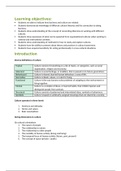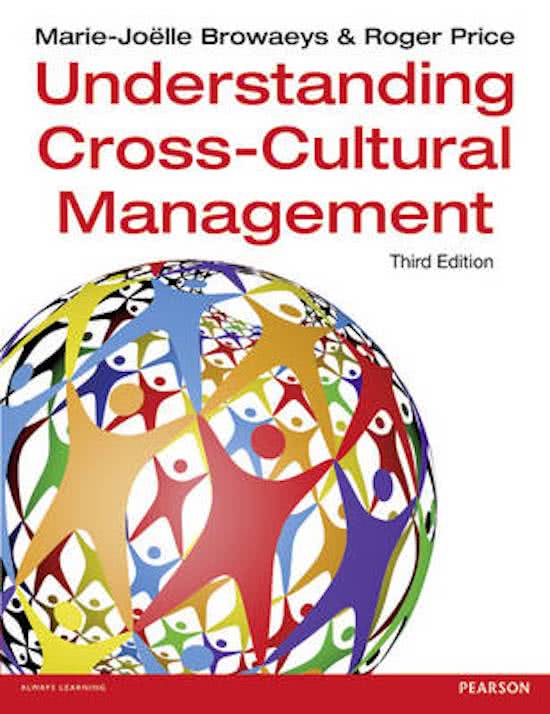Samenvatting
Samenvatting Understanding Cross-Cultural Management Documentaire aantekeningen
- Instelling
- Hogeschool Windesheim (HW)
Samenvatting Boek Understanding Cross-cultural Managment - Marie-Joëlle Browaeys & Roger Price Third Edition - Vak: Cultural Awareness Bevat de hoofdstukken: H1, H2, H5, H13, H14 Samenvatting Documentaire ‘’De Grenzeloze leider (in Nederlands) Uitgebreid met voorbeelden, Modellen (Hofsted...
[Meer zien]





